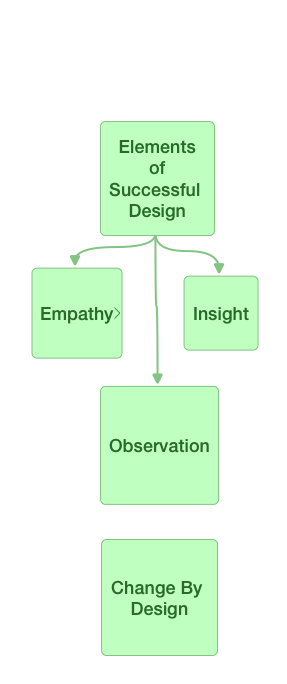Its In You: The Innovators DNA
In The Innovator’s writers Jeff Dyer, Hal Gregersen, and Clayton Christensen conducted 100 interviews over eight years to assess successful behaviors from leaders at Amazon and Apple to those at Google, Skype, and Virgin Group, entrepreneurs and executives. They differentiated five behaviors among this achieving group. The writers contend that these habits can be learned and practiced by anyone with the desire to learn them. They are not inherited traits resulting from a cosmic role of the hereditary dice.
The five “discovery skills” that distinguish the most creative executives and, the authors assert, can help anyone to become more innovative are associating, questioning, observing, experimenting, and networking Moving progressively from idea to impact through 5 skills: associating, questioning, observing, experimenting, and networking. There are many connections between The Innovator’s DNA and Tim Brown’s Change by Design. For example, the behavior of “Experimenting” in The Inventor’s DNA matches Brown’s prototyping in chapter 4.

I think there is overlap among these skills…What other books on innovation also reflect or reference these attributes?
~~~
The Innovator’s DNA by Jeff Dyer, Hal Gregersen, and Clayton Christensen




